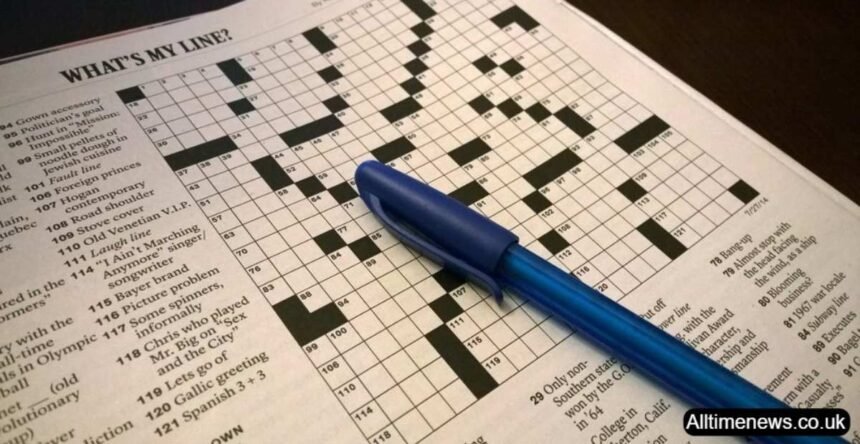Introduction to the New York Times Crossword
The New York Times Crossword is renowned for its diverse range of clues, which include references to influential figures and their contributions. One intriguing clue is “Sheffer,” pointing to an individual whose work has greatly impacted the world of puzzles.
The Clue: Sheffer
The clue “Sheffer” refers to a person known for their significant contributions to crossword puzzles. This individual played a key role in shaping modern crossword puzzles, particularly by developing a specific style or type of puzzle.
Possible Answer
- FRANK: The answer is FRANK, referring to Frank Sheffer. He created the popular crossword format known as “Sheffer crosswords.” These crosswords feature a unique grid design and clue style that have become a staple in the world of puzzles.
You may also like
- Reporting to in an Organization NYT Clue & Answer
- Where Barbie Is Originally From NYT Clue & Answer
- Like a Fox NYT Clue & Answer
- 16-Hour Flight from LAX NYT Clue & Answer
- Yesterday in Spanish NYT Clue & Answer
Joy of Wordplay in Crosswords
Clues like “Sheffer” highlight the rich history of crossword puzzles by focusing on influential figures who shaped the genre. They add an educational element to the solving experience, connecting solvers with the evolution of crosswords. Understanding contributions from people like Frank Sheffer enhances the appreciation of puzzle-solving, blending historical insights with the joy of discovery.
Tips for Solving NYT Crossword Clues
- Familiarize yourself with puzzle history: Knowing key figures and their contributions can provide context for certain clues.
- Think about contributions: When encountering names or specific terms, consider how they relate to advancements or styles in crosswords.
- Explore different formats: Understanding various crossword formats can help recognize specific styles and clues.
Conclusion
The clue “Sheffer” leads to FRANK, recognizing Frank Sheffer’s contributions to crossword puzzles. This clue highlights how crosswords blend historical knowledge with puzzle-solving enjoyment, demonstrating their ability to both educate and entertain.
